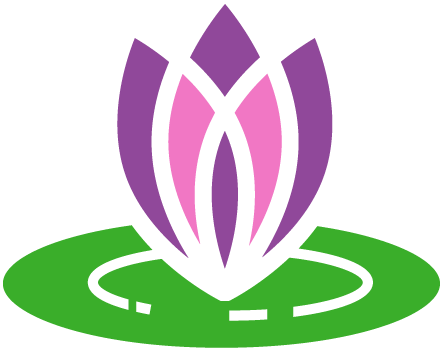
Understanding Depression and Seasonal Affective Disorder
October is National Depression Awareness Month, a time dedicated to bringing attention to one of the most common mental health challenges affecting millions: depression. It’s an important opportunity to have conversations, reduce stigma, and educate ourselves about the different forms of depression. One type that often goes unnoticed is Seasonal Affective Disorder (SAD)—a condition closely tied to the changing seasons. Let’s explore both so we can better understand what they are, how they impact people, and the treatments available.
What Is Depression?
Depression is a bit more complicated than just feeling sad or having an off day. It’s a mental health condition that can affect every aspect of life—your mood, sleep, energy, appetite, and even how you see the world. People with depression often feel weighed down by things like hopelessness, a lack of interest in activities they once loved, and even difficulty concentrating.
Depression comes in many forms, including Major Depressive Disorder, Persistent Depressive Disorder, and even depression related to specific events or circumstances. The causes can range from genetic factors to life stressors, but one thing remains consistent—depression is a serious medical condition. And the good news? It’s treatable!
Seasonal Affective Disorder (SAD): Depression with a Seasonal Pattern
One form of depression that tends to surface in the fall and winter is Seasonal Affective Disorder (SAD). As the days get shorter and sunlight becomes more scarce, some people start to experience symptoms of depression. SAD typically begins in late fall and continues through the winter months, when sunlight is limited. However, a lesser number of individuals do experience SAD during warmer months.
The symptoms of SAD are similar to those of other forms of depression: feeling sad or hopeless, having low energy, struggling to concentrate, and noticing changes in sleep or appetite. However, the difference lies in the seasonal pattern. When spring and summer return, many people with SAD find that their symptoms improve or even disappear.
How Does Lack of Sunlight Affect Mental Health?
It might be surprising to learn that sunlight plays a crucial role in regulating our mood. One theory is that reduced sunlight during the fall and winter months affects our circadian rhythms—our body’s internal clock that regulates sleep-wake cycles. Less sunlight can also cause a drop in serotonin, the brain chemical that contributes to feelings of well-being and happiness.
This is why light therapy is one of the most common treatments for SAD. Using a special lightbox that mimics natural sunlight for about 20-30 minutes each morning can help boost serotonin levels and improve mood. For many, this can make a significant difference during the darker months.
Recognizing the Symptoms of Depression and Seasonal Affective Disorder
Depression doesn’t look the same for everyone. Some people may feel tired and sleep all the time, while others might have trouble falling asleep. Some may overeat, especially foods high in carbohydrates, while others lose their appetite entirely. That’s why it’s so important to pay attention to any changes in mood, behavior, or physical health that last more than two weeks.
Here are some common signs of depression and SAD to watch for:
- Persistent sadness or hopelessness
- Loss of interest in activities once enjoyed
- Low energy or fatigue
- Difficulty concentrating
- Changes in sleep patterns (sleeping too much or too little)
- Appetite changes or weight fluctuations
- Feelings of worthlessness or guilt
If you notice these symptoms in yourself or someone you care about, it’s crucial to seek help.
Getting Help and Treatment
Both depression and SAD are treatable, and early intervention can make a huge difference. For Seasonal Affective Disorder, light therapy is often effective. In addition, vitamin D supplements, psychotherapy (such as cognitive-behavioral therapy), and sometimes medication (such as antidepressants) are commonly used to manage symptoms.
For depression in general, treatments may include a combination of therapy, medication, and lifestyle changes like regular exercise, a healthy diet, and practicing mindfulness or relaxation techniques.
Why National Depression Awareness Month Matters
National Depression Awareness Month is here to remind us all that mental health is just as important as physical health. By talking about depression and SAD, we can help break down the stigma that often keeps people from seeking help. No one should feel like they have to struggle alone, and this month is a great reminder to check in on ourselves and those we care about.
Depression, including Seasonal Affective Disorder, is a serious but manageable condition. By recognizing the signs and seeking help, we can all take steps toward better mental health. As we move through National Depression Awareness Month, let’s prioritize mental well-being—for ourselves, our loved ones, and our communities. Encourage conversations, offer support, and remember: treatment can bring light to even the darkest days (literally and figuratively!).
